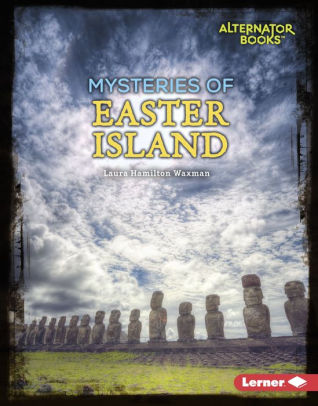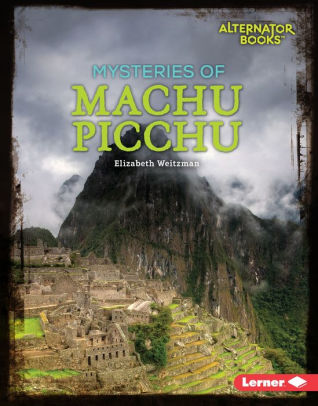Nothing beats a good real-life mystery to reel kids in!
9781512440157
$27.99
On Easter in 1722, a fleet of Dutch ships exploring the southeastern Pacific Ocean came across a small island that at first seemed uninhabited. Instead, the sailors found a community of people—and hundreds of giant stone statues. Easter Island and its statues have long been a source of mystery for explorers, historians, and tourists. How did people come to live in such a remote place? How had the islanders carved such enormous statues without metal tools? And how had they moved them? Read all about the myths and theories surrounding Easter Island, as well as the science researchers are using to learn more.
I have read a bit about the Easter Island statues, but this was more than a rehashing of old information. Various theories are given equal time and consideration, allowing students to discuss and compare on their own. Science and math are used here (and explained clearly) to show how scientists have figured out mysteries such as whether the statues were moved while standing upright, or while lying in their 'backs'. (Answer: probably upright).
9781512440188
$27.99
In 1911 an American explorer came across an ancient city hidden high in the Andes Mountains of Peru. Since then, explorers, archaeologists, and tourists have been fascinated by this beautiful and mysterious city known as Machu Picchu. The city appears to have been carefully constructed—every stone is perfectly cut and placed. The Inca people built Machu Picchu at the height of their empire, but no one knows for sure how or why they created it. Read all about the myths and theories surrounding Machu Picchu and its history, as well as the science archaeologists are using to understand this ancient city.
The Inca civilization has many fascinating aspects, not least of which is this ancient city. But who built it, and why? Was it a prison? A military stronghold? A home for priestesses? A test farm? An alien outpost? A royal estate? As with the other title, readers are given information and theories to compare and debate among themselves.
How the city was built is just as fascinating. The large stones that make up the walls fit together perfectly - there is no mortar holding them together, yet they are still standing hundreds of years later! Challenge your kids to do the same with rocks you find around your home, and see just how difficult that can be.
Other titles in this series include:
Mysteries of Pompeii
Mysteries of Stonehenge
Mysteries if the Egyptian Pyramids
Mysteries if the Great Wall of China
Each are sure to capture the attention of kids and adults alike!


No comments:
Post a Comment